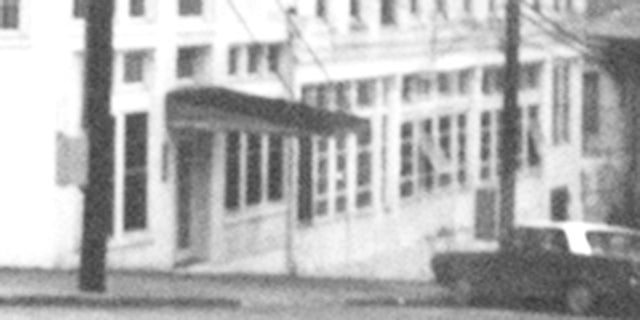Looking back: Biedenharn Candy Bottling Company
Published 9:16 am Friday, March 15, 2024

- Biedenharn Candy Bottling Company (submitted photo | The Vicksburg Post).
In January 1908, the Tillman House on the south side of Grove Street between Washington and Walnut streets, “an old Vicksburg landmark” as reported by Vicksburg Evening Post, was demolished to make room for a factory to be erected by the Biedenharn brothers. The Post also stated that in the early 1840s, General Andrew Jackson “was given a notable dining” in the
house. The new Biedenharn factory building was designed by Vicksburg architect John Donovan.
Once the building was completed in 1909, a Post reporter took a tour of the facility and filed the following report: “The big, well-lighted brick building has two stories and a basement. An elevator connected with the line shafting (sic) connects the different floors. In the basement are stored the bottles and boxes. Usually there are on hand about a thousand gross of empty bottles. Three car loads of new bottles have only recently arrived, and are kept in the basement until the time they are needed. Breakage of bottles is one of the big items of expense in the business, which would otherwise be much more profitable. Here, too, during the winter months, the numerous wooden cases that have become damaged or broken through use, are stored and repaired. Of course the empty bottles and cases are constantly coming in.”
The article continued to state, “the Biedenharns are sticklers for cleanliness in their manufactory. When the bottles are brought to the first floor from the basement they are placed on a wide endless chain, where they are slowly drawn through a big vat of boiling water containing a strong solution of caustic soda. Each bottle remains in this cleansing bath for a period of nine minutes, after which they are automatically discharged into a trough of clean running water. The bottles are clean then, but as an additional safeguard, they are put through another cleansing process. The bottles are placed on a revolving machine, and as it makes the circle the outside of the bottle goes between two big stiff brushes, dripping with running water, whereby every particle of dirt on the outside is removed. And while the bottle is making the circle three separate brushes are thrust inside the bottle and rapidly revolved, after each brushing the bottle being rinsed. Before the bottle is finally ejected, it is subjected to yet another final rinsing.
“There is still another cleaning machine that is brought into use when bottles are returned in an especially dirty condition. On this machine the bottles are placed in their proper places when a handful of small steel shot are automatically poured into the bottles. Then a vigorous shaking of the bottle is done by the machine, the shot being thrown up and down in the bottle until every piece of dirt inside is broken loose from the sides and bottom of the glass.
“The syrups that are used in the making of the soda water at the Biedenharn plant are all made from pure sugar. Only harmless coloring matter and the best flavorings are used. In fact nothing but pure food products go toward making up the finished product. The water works water is used, and not satisfied with its 99 per cent purity, the water is first run into tanks and allowed to settle so that any impurities may be allowed to settle. This water is next run into the carbonator and that is where the bubbles are manufactured. From the carbonator tubes leading to the machines where the bottles are filled with soda water, coca cola and other drinks manufactured. The bottle is placed on the machine in upright position. In a ten-ounce bottle two ounces of syrup is first squirted in; then the rest of the bottle is filled with carbonated water and the filled bottle is automatically crowned with the air tight cap. The soda water bottles are filled on the machine at the rate of about fifteen or twenty cases per hour. Each case contains 24 bottles. In the bottling works eleven men are employed. There are three drivers, besides, and a
young lady stenographer in the office, which is also situated on this floor.”
The second floor of the building housed candy manufacturing, which at the time produced candy sticks, gum drops, and “an especially large number of different kinds of candies.” By 1925, the Biedenharns had moved into newer facilities and the Vicksburg Laundry and Cleaners occupied the building. The building was vacant in December 1991 when it was destroyed by fire. It is ironic because in 1913, the building was outfitted with “international automatic sprinklers throughout, a wet system fed by city pressure of 100 lbs, 6”connection with the city main, about 325 heads spaced 8”.”
The lot continues to be vacant today.
— Nancy Bell, Vicksburg Foundation for Historic Preservation.





